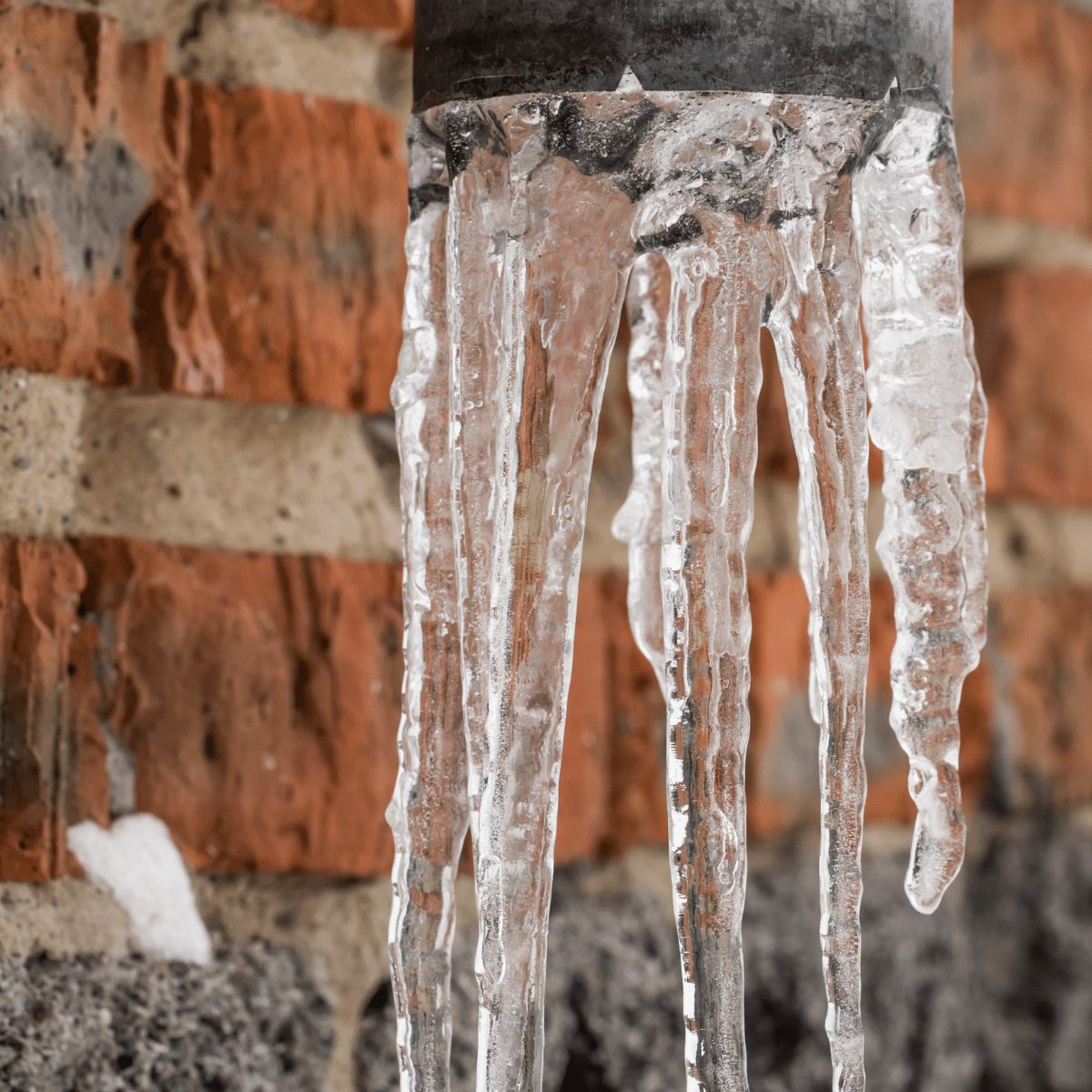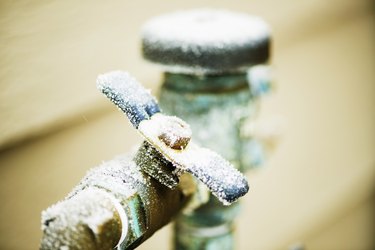Protecting Your Pipes from Freezing: Effective Methods
Protecting Your Pipes from Freezing: Effective Methods
Blog Article
What're your opinions regarding Helpful Tips to Prevent Frozen Pipes this Winter?

Winter can damage your plumbing, particularly by freezing pipelines. Right here's how to stop it from occurring and what to do if it does.
Introduction
As temperatures decrease, the danger of icy pipes boosts, potentially bring about expensive repairs and water damage. Recognizing how to avoid icy pipes is critical for home owners in chilly environments.
Prevention Tips
Shielding susceptible pipelines
Cover pipes in insulation sleeves or make use of heat tape to safeguard them from freezing temperatures. Focus on pipes in unheated or outside areas of the home.
Home heating strategies
Maintain interior spaces sufficiently heated up, particularly locations with plumbing. Open up closet doors to permit cozy air to flow around pipelines under sinks.
Exactly how to recognize icy pipes
Look for decreased water circulation from taps, unusual smells or sounds from pipes, and visible frost on revealed pipelines.
Long-Term Solutions
Structural modifications
Consider rerouting pipelines away from outside walls or unheated areas. Include additional insulation to attic rooms, cellars, and crawl spaces.
Updating insulation
Purchase premium insulation for pipelines, attic rooms, and walls. Correct insulation helps maintain regular temperatures and lowers the risk of icy pipes.
Safeguarding Exterior Plumbing
Yard hoses and outside taps
Detach and drain pipes garden hose pipes prior to winter months. Install frost-proof faucets or cover exterior faucets with protected caps.
Recognizing Frozen Pipelines
What creates pipelines to freeze?
Pipes freeze when revealed to temperature levels listed below 32 ° F (0 ° C) for prolonged durations. As water inside the pipelines freezes, it increases, putting pressure on the pipe walls and potentially triggering them to burst.
Dangers and damages
Frozen pipelines can cause supply of water interruptions, residential or commercial property damages, and pricey repairs. Ruptured pipelines can flooding homes and trigger extensive architectural damage.
Signs of Frozen Pipes
Recognizing icy pipes early can avoid them from bursting.
What to Do If Your Pipelines Freeze
Immediate activities to take
If you think icy pipelines, keep taps available to alleviate stress as the ice melts. Use a hairdryer or towels taken in hot water to thaw pipes gradually.
Verdict
Protecting against icy pipelines requires aggressive steps and fast reactions. By recognizing the causes, indications, and safety nets, property owners can shield their plumbing during winter.
5 Ways to Prevent Frozen Pipes
Drain Outdoor Faucets and Disconnect Hoses
First, close the shut-off valve that controls the flow of water in the pipe to your outdoor faucet. Then, head outside to disconnect and drain your hose and open the outdoor faucet to allow the water to completely drain out of the line. Turn off the faucet when done. Finally, head back to the shut-off valve and drain the remaining water inside the pipe into a bucket or container. Additionally, if you have a home irrigation system, you should consider hiring an expert to clear the system of water each year.
Insulate Pipes
One of the best and most cost-effective methods for preventing frozen water pipes is to wrap your pipes with insulation. This is especially important for areas in your home that aren’t exposed to heat, such as an attic. We suggest using foam sleeves, which can typically be found at your local hardware store.
Keep Heat Running at 65
Your pipes are located inside your walls, and the temperature there is much colder than the rest of the house. To prevent your pipes from freezing, The Insurance Information Institute suggests that you keep your home heated to at least 65 degrees, even when traveling. You may want to invest in smart devices that can keep an eye on the temperature in your home while you’re away.
Leave Water Dripping
Moving water — even a small trickle — can prevent ice from forming inside your pipes. When freezing temps are imminent, start a drip of water from all faucets that serve exposed pipes. Leaving a few faucets running will also help relieve pressure inside the pipes and help prevent a rupture if the water inside freezes.
Open Cupboard Doors
Warm your kitchen and bathroom pipes by opening cupboards and vanities. You should also leave your interior doors ajar to help warm air circulate evenly throughout your home.

As a reader about How To Avoid Freezing Pipes, I was thinking sharing that blog post was really useful. Are you aware of anybody else who is inquisitive about the niche? Be sure promote it. Kudos for being here. Kindly come by our site back soon.
Book Your Service Report this page